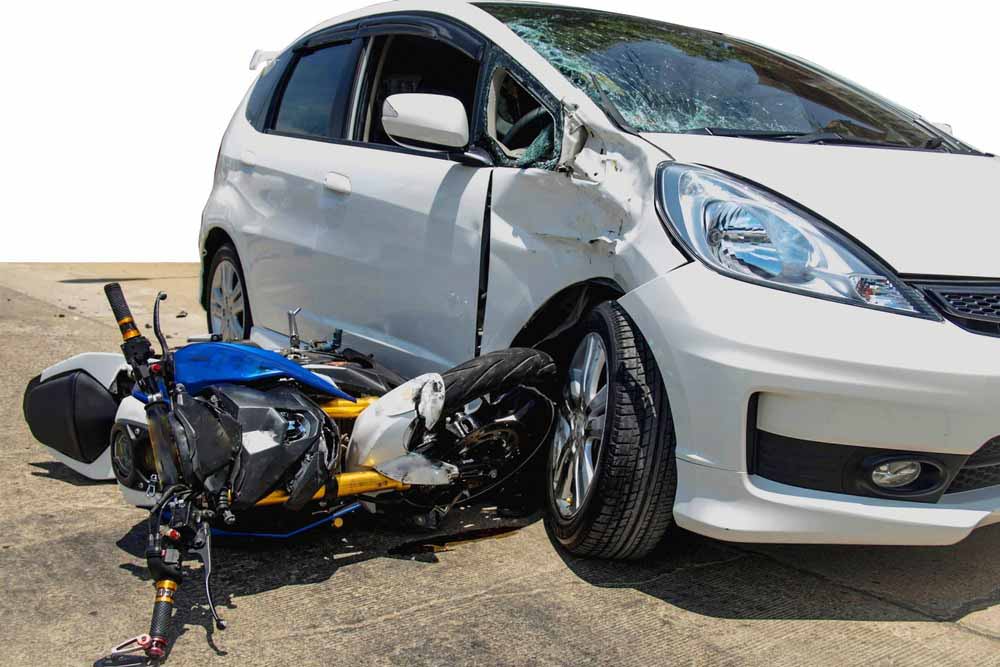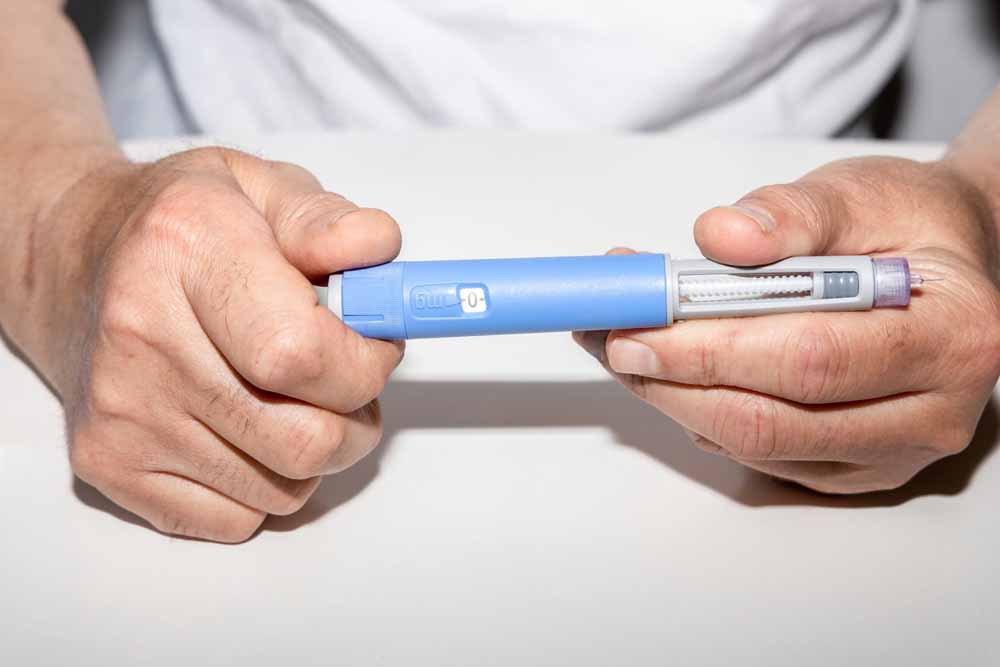How do you stay safe while you ride a motorcycle? One way is to know some of the current motorcycle accident statistics in the U.S. If you know what common accidents are, you can take steps now to protect yourself.
We’ll make two recommendations right now for everyone based on our experience as motorcycle accident lawyers. The first is to get your motorcycle license, including taking a riding class. The second is always wearing protective gear when you ride, including a helmet.
If you or someone you know has been injured in a motorcycle accident, contact Zanes Law to speak with an attorney who may be able to help you get compensation.
NHTSA Statistics for Motorcycle Riders
The National Highway Transportation and Safety Administration (NHTSA) is the main governmental agency responsible for collecting accident statistics. They say that proportionally compared to car drivers, motorcycle riders are at a much higher risk of fatal crashes.
In 2020, 5,579 motorcyclists died in reported crashes, which is 14% of all traffic fatalities. That’s an 11% increase from 2019, the highest since reporting started in 1975. Per vehicle miles traveled in 2020, a motorcyclist is nearly 28 times more likely to die in a crash than passenger car occupants.
There are some good reasons why this is so. Of the fatalities, 36% of motorcycle riders had no valid licenses. They also had higher percentages of alcohol impairment than any other motor vehicle type (27%) Alcohol is a major factor in motorcycle rider deaths. Even in single-vehicle crashes, 41% of fatal motorcycle crashes were alcohol-related.
Other Factors in Motorcycle Accidents
Riders over the age of 50 in fatal crashes have continued to increase and stayed above 1,500 lives lost each year from 2012 to 2020, the last year we have statistics. Riders under the age of 30, which you might expect to have a high number of fatalities, have reached a new low.
Another motorcycle accident statistic is men are far more likely to die as a rider than women, nearly nine out of ten times. In most motorcycle fatalities where a woman is involved, she’s a passenger 59% of the time. This is probably because of cultural feelings toward riding motorcycles.
Higher traffic correlates with higher accident rates. Around 70% of motorcycle fatalities happen after 12 PM on a weekday, with most happening between 3-6 PM. Beware of riding in the afternoon hours all the way till midnight any day of the week. That’s when most fatalities happen.
Factors like the time of year and engine size don’t seem to correlate with higher accident rates. Fewer riders are out on the road during winter, so, naturally, the summer months have a higher fatality rate. Engine size does not seem to contribute to accident rates.
What About Injury Types?
Injury types are hard to study from NHTSA statistics because they are only concerned with tracking head injuries. However, in our experience, the most common injuries we see involve the extremities.
Hands, shoulders, and arms get injured when riders try to catch themselves when they fall from their bike. Feet and legs can get caught under the bike in a fall and get crushed. Also, for riders who do not wear a helmet, traumatic brain injury is also quite possible.
What Can We Gather?
From these statistics, we can gather some basic safety tips that can reduce your chances of a motorcycle fatality and getting into a crash.
- Get educated. Find a rider safety course near you and get trained on how to handle your motorcycle. If you haven’t taken one in a while and you don’t ride often, consider taking one every few years to refresh yourself.
- Never ride a motorcycle after you’ve consumed alcohol. Both single-vehicle and multiple-vehicle motorcycle fatalities have a high chance of alcohol intoxication. It’s far harder to ride a bike while drunk than you think!
- Be especially careful when going out into heavy traffic, especially during the afternoon hours. Many drivers fail to pay attention to riders and create dangerous situations. Stay alert!
- Wear safety gear. That’s not just a helmet. Wearing gloves and boots can protect your hands and feet in an accident. Consider wearing a riding jacket for even more protection.
These may seem like common sense solutions, but the statistics from the NHTSA show that they’re not followed as well as they could be.
Take this advice to heart, or you may find yourself contacting a Zanes Law motorcycle accident attorney for a consultation. Be safe out there while you ride.




